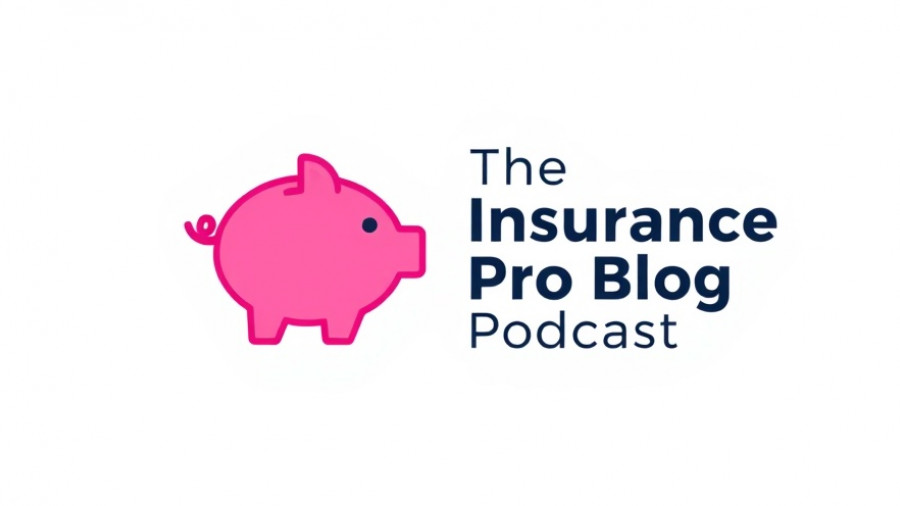
Why Life Insurance Is Thriving in 2025
Life insurance is witnessing a phenomenal surge in 2025, with an impressive 8% year-over-year growth in sales, according to recent statistics from LIMRA. Notably, products like indexed universal life have soared by 11%, while variable universal life has experienced a staggering 41% increase. This growth comes as no surprise given the unprecedented shifts in consumer behavior brought about by the global pandemic.
The Pandemic’s Role in Modernizing Insurance
The COVID-19 pandemic has acted as a catalyst for the long-overdue modernization of the insurance sector, facilitating easier access to coverage through remote purchasing methods. The traditional model relying heavily on career agents is being replaced by a rise in independent distribution channels, with a significant 90% of indexed universal life sales occurring through independent agents. This transition marks a significant shift in how families and professionals acquire life insurance and indicates a broader acceptance of technological innovation in the finance industry.
Resilience of Cash Value Life Insurance
Despite criticism from various financial experts, cash value life insurance has proven its worth. Middle-market buyers are increasingly utilizing permanent life insurance as a strategic diversification tool within their investment portfolios rather than limiting it to just wealthy estate planning. The redefined perception of cash value products dovetails with a notable uptick in interest—search volume for whole life insurance has tripled compared to a decade ago. This surge highlights a significant cultural shift in attitudes towards long-term financial security and asset protection.
Lessons from Long-Term Policy Holders
Real-world experiences from clients who have maintained their life insurance policies for over ten years showcase the value of perseverance in financial planning. Many discover that the long-term benefits of sustained investment in life insurance manifest in unexpected ways, encouraging a culture of patience and informed decision-making within the financial community. Holding onto these assets tends to pay off, underscoring the importance of a robust financial strategy as part of generational wealth creation.
Future Directions in Insurance Planning
As life insurance continues disrupting traditional finance narratives, future predictions point to an evolving landscape driven by client needs for transparency and accessibility. The focus on lifestyle-oriented protection plans is expected to gain traction, allowing families and professionals to see life insurance not merely as a safety net but as an integral component of their wealth-building strategies. With the rise of independent channels, there is a call for even greater innovation in product offerings tailored to diverse consumer demands.
Ultimately, these shifts signify a crucial opportunity for financial advisors and families alike to reevaluate insurance in the context of comprehensive financial strategy. Understanding life insurance as a tool for asset protection and wealth generation is more vital than ever.
Why You Should Consider Life Insurance Today
In a world where unpredictability is the only certainty, evaluating your life insurance options should be a priority. The data speaks volumes about the direction we are headed, making it the opportune moment to reassess your financial choices. Are you properly covered? Do you understand how cash value life insurance can play a pivotal role in your financial landscape? Exploring these questions can significantly impact your financial well-being.
 Add Row
Add Row  Add
Add 




Write A Comment